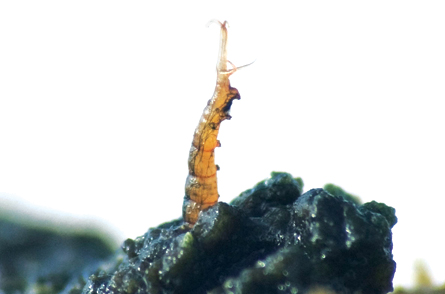We're open daily! View holiday hours
Science News
Microbial Welcome Mats
May 18, 2011

Microbial mats--they can be beautiful from space, but up close they’re really gross. They’re probably not the first thing you think about when someone says life-sustaining. But you should, according to a new paper in Nature Geoscience.
Researchers from the University of Alberta found that billions of years before life evolved in the oceans, thin layers of microbial matter in shallow water produced enough oxygen to support tiny, mobile life forms.
Science News puts it eloquently:
Such clumps of oxygen-producing gunk could have supplied the first mobile animals with food to eat and air to breathe.
The researchers say worm-like creatures could have lived on the oxygen produced by photosynthetic microbial material, even though oxygen concentrations in the surrounding water were not high enough to support life. The research was conducted in shallow lagoons in Venezuela where the high salt content is comparable to oceans older than 500 million years.
The link between biomats and animals is demonstrated by the trace-fossil record, which are tracks left behind by the movements of the worm-like creatures. The trace-fossil records for these animals date to at least 555 million years ago when oxygen levels would have been a tenth of what they are now.
These findings suggest that the appearance of animals was not dependent on an oxygenated ocean. Rather, the earliest animals could have lived within photosynthetic biomats and derived life-sustaining oxygen from that source.
The researchers say their work opens the door to the search for life in early periods of Earth's history when it was believed there was absolutely no oxygen and no chance of finding life.
Image: Stefan Lalonde